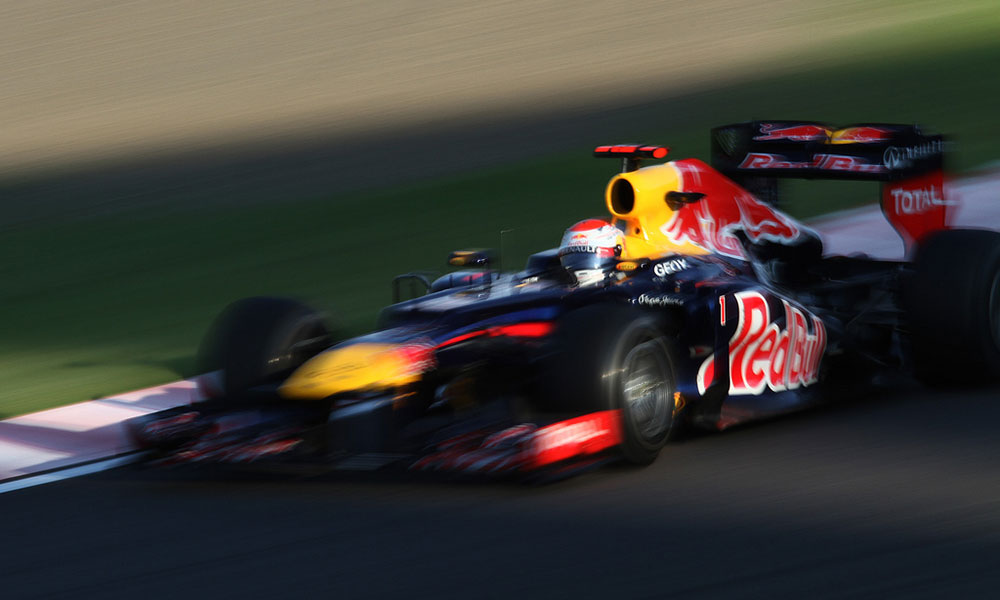
Formula One Teams Association Disbands: What Led to its Downfall?
A trade group representing Formula One racing teams shut down last week, citing financial issues. But those weren't the only problems the organization faced during its six-year history.
It was an association intended to help give the teams that make up Formula One racing a stronger voice. But in the end, those teams decided to go their separate ways.
The Formula One Teams Association (FOTA), an industry group meant to assist in collective bargaining between the teams and F1 owner Bernie Ecclestone, struggled to put up a unified front and and ultimately couldn’t overcome significant financial and leadership issues.
“I can confirm that FOTA has been disbanded as a result of insufficient funds to continue and a lack of consensus among all the teams on a revised, non-contentious mandate,” FOTA Secretary General Oliver Weingarten told the BBC. Among the factors at play:
Major teams drop out: The beginning of the end for the group came in 2011 when Scuderia Ferrari and Red Bull Racing, two of the sports’ largest teams, dropped out. They left the association after they failed to reach an accord on a proposed Resource Restriction Agreement, which would have capped the two teams’ spending. “Ferrari was on the front line in this area, even before the birth of FOTA, and it intends to continue down this route to ensure the sustainability of the sport in the long term,” Ferrari said in a statement about the decision. “Now, however, it is necessary to find some new impetus to move it along because FOTA’s drive has run its course.” Another Ferrari-affiliated team, Sauber, left around the same time, and the Red Bull-owned Scuderia Toro Rosso also later left.
Subscription fee failures: FOTA’s financial problems were said to be due in part to issues with teams not paying their annual fees, according to an Associated Press story. In 2010, Hispania left the association amid rumors that it had failed to pay a 100,000-euro membership fee—something a source suggested to The F1 Times had played a role in the team’s FOTA departure. (Hispania later changed its name to HRT F1 and disbanded before the 2013 season.)
Leadership troubles: Near the end of the association’s existence, issues arose among the group’s leadership. Martin Whitmarsh, who became FOTA’s chairman in 2009, was left without a team after he departed McLaren Racing in January. (Eric Boullier, Whitmarsh’s FOTA deputy, took over Whitmarsh’s role at both McLaren and FOTA.) Whitmarsh’s departure came at a time when the association was already struggling and raised significant questions about its future direction. “I can confirm that the teams have met in discussion as to how to potentially restructure the association and continue and further the engagement with the non-members, who have benefited from FOTA activities over the last 12 months,” Weingarten told The Telegraph in February.
Ultimately, it was the lack of agreement between the various F1 teams that did the association in. To some of the group’s members, that turned FOTA’s mission into something of a failure.
“We have to recognise that it was a lost opportunity,” Bob Fearnley of the Force India team told The Telegraph. “I don’t think there’s any question about that one, but we can’t undo where we are today.”
Red Bull Racing's Sebastian Vettel, shown. The Red Bull Racing team was one of four that left FOTA in 2011. (photo by taka_suzuki/Flickr)






Comments